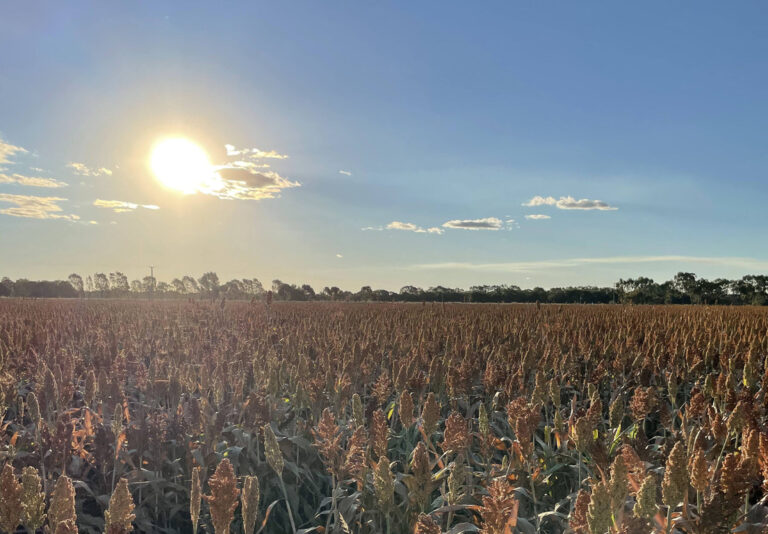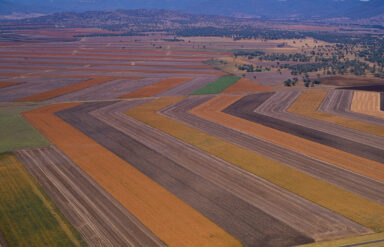Changing shopping and food consumption patterns have occurred as a result of the COVID pandemic and the resulting lockdowns. Some of these trends have normalised but there is likely to be a more permanent shift in some areas of food demand.
These structural shifts have implications for the entire agriculture supply chain, and we are seeing increasing investment in technology and infrastructure from some of our borrowers and the larger supermarket chains to support this demand.
- Merricks Capital recently spoke with one of our borrowers, who arguably produces some of Australia’s best Wagyu beef, about the impact of the stand still in the restaurant and hospitality supply chain.
- In summary the “dine in” distribution channels have come to a halt but the increase in demand from consumers for high end food product through home delivery and grocery channels has been significant.
- We are currently reviewing several opportunities across the food supply chain that will support “the premiumisation” of consumers “in home” demand.
- The increased investment in the industry and ongoing changes in food consumption trends will not only ensure the continued performance of our existing investments in the agriculture industry, but they will result in an increasing level and diversity of opportunity going forward.
As part of its annual results presentation this week, Coles provided an update on the impact of COVID on trends in food demand and consumption.
Sales in its supermarket division rose 2.5% on a comparable basis over FY21, and by 8.4% over 2 years. While consumer behaviours began to normalise at the end of the third quarter and into the fourth quarter, increased in-home consumption as a result of COVID-19 positively impacted sales revenue growth throughout the year.
Normalising consumer behaviours in the fourth quarter included the return of Sundays as the largest trading day of the week, customers shopping more frequently, and transaction trends improving with growth in the convenience, food-to-go and impulse categories. While basket size moderated, they remain above pre-COVID 19 levels.
Coles noted inflation in the fresh food segment (supermarket price deflation ex tobacco and fresh food of 0.8% compared to total price inflation of 0.8%) highlighting red meat as a source of price inflation due to elevated livestock prices. This is consistent with ABS data which showed price inflation over the June quarter for vegetables (+5.5%) and fruit (+4.7%), partly driven by a shortage of pickers and extreme rainfall on the east coast of Australia. Beef and veal prices rose 3.6% with farmers continuing to re-build herds, reducing meat supply. Food prices overall rose 0.7% over the financial year.
Coles and Woolworths control around 70% of the grocery market and are central to Australia’s agricultural sector. Trends in supermarket food demand can have important implications across the entire agriculture supply chain.
Around 31% of fruit and nut production is exported (compared to 71% of total agricultural production) and these industries are particularly dependent on trends in the domestic market.
Separately, food price inflation is a positive for the industry when it is accompanied by higher margins for farmers and food manufactures, ensuring the continued profitability of the sector, and our borrowers.
Both the Partners Fund and the recently launched Agriculture Credit Fund, which is dedicated to the sector, have exposure to the agriculture sector including the supply chain. These investments are across quality assets that will benefit from the increased incidence of at-home food preparation and consumption, including the demand for fresh pre-prepared and convenience meals, as well as higher prices.
The “premiumisation” of home cooking is a particularly interesting trend. Feedback from our wagyu production business, for example, indicates that wholesale (restaurant) demand has been largely displaced by retail and home delivery of premium beef product, and this has resulted in orders and pricing remaining steady.
Both Woolworths and Coles have indicated a focus on investing in technology, including in their online capabilities and supply chain modernisation programs. These capital expenditure plans are evidence of the commitment from the largest participants in the market to the delivery of world-class technology solutions to improve efficiencies, customer experience and a secure food supply.
The changing landscape in food demand and consumption means that food production businesses will need to become more efficient and less reliant on seasonal labour. This is driving the need for capital investment which is providing a range of attractive lending opportunities in the sector.
The impact of COVID-related lockdowns on agriculture markets is complex. Low population growth will weigh on overall demand, but the shifting dynamics of that demand – from restaurants and take-away to home preparation and consumption – and the investment in technology and modernisation, will continue to have implications across the agriculture supply chain. These changes will ensure a continuing flow of opportunities across a diversified portfolio of assets, which will provide investors in the Partners Fund and Agriculture Credit Fund with attractive risk-adjusted investment returns.
This week, a $48m loan used to fund the acquisition and aggregation of mixed-use farming properties near Cobram, Victoria was fully repaid. This loan represents a growing theme from our borrowers who are aggregating and improving farms which ultimately get sold to large institutional investors who will hold these assets on behalf of millions of Australians.



